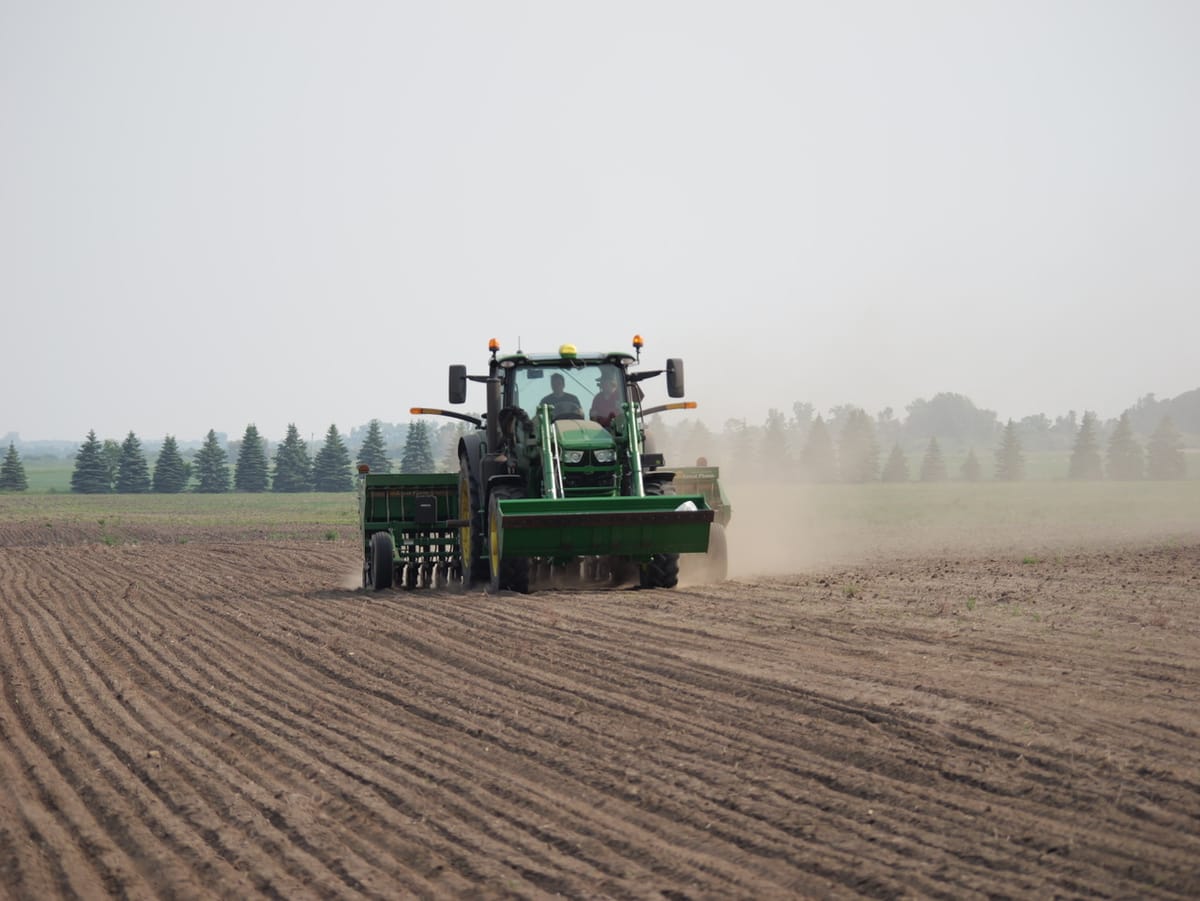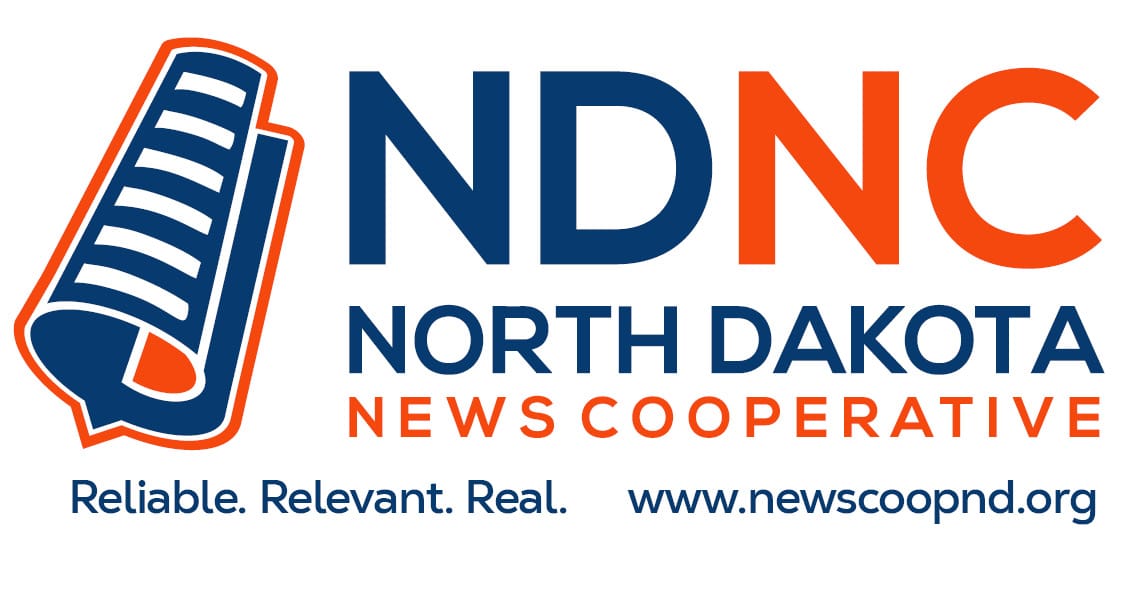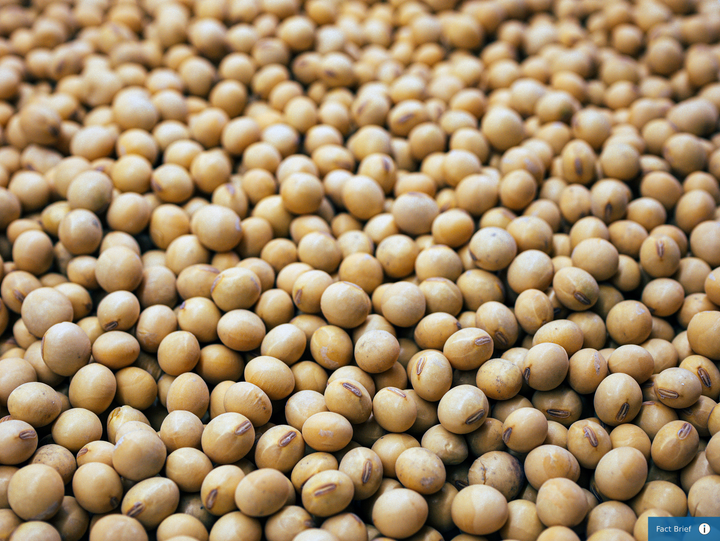Expiration of tax credits could mean larger health insurance bills for ND farmers
Frustrations grow about fate of soybean crop, storage and long-term impacts

Farmers heavily reliant on coverage through the Affordable Care Act marketplace are likely to see out-of-pocket health insurance premium payments rise more than 75% on average in 2026.
Enhanced Affordable Care Act premium tax credits will expire at the end of 2025, unless renewed by Congress.
For farmers accessing health insurance through the North Dakota Farmers Union insurance division, that could mean a big increase in family expenses.
More than 70% of those farmers in the state who are members of the union get a tax credit on the ACA marketplace, according to Lance Boyer, sales director of financial products at Farmers Union Insurance.
Those added out-of-pocket costs could hit North Dakota farmers at a time when many are already pressured from the impacts of tariffs, inflationary pressures on inputs and equipment, increased debt and high interest rates.
Increased costs could also lead to an increasing number of uninsured.
“A lot of those folks are going to walk away from coverage because the reason they didn’t have it before was because it was unaffordable,” Boyer said.
Boyer predicts that we’ll see a return to short-term medical plans that don’t necessarily cover preexisting conditions.
“It’s going to drive some bad behavior because some folks are going to end up in a difficult spot and make a decision on price, and not about what they’re actually getting,” Boyer said.
Enrollment in the ACA Marketplace is expected to start Nov. 1 for next year, he said, and if tax credits are not extended by that time, some farm families could be in a difficult position, he said.
One other significant change to the ACA system is the elimination of automatic renewals, which will require active re-enrollment each year.
Boyer said he’s concerned about the relative lack of awareness regarding these changes and the potential cost increases.
Major changes to the Medicare program have been taking priority, he said, but that will soon change if tax credits are not extended.
“We didn’t feel it was our place to go out and call clients and tell them their premiums are going to go up 75%,” Boyer said. “You were hoping that messaging would come from somebody else, but we’re going to meet with everybody when enrollment starts and deliver that message.”
One potential for coverage includes catastrophic plans, Boyer said, but those traditionally covered people under 30 with a hardship exemption.
According to healthcare information nonprofit KFF, nationwide 27% of farmers, ranchers and other agricultural managers got coverage through the ACA marketplace in 2023, most of whom rely on tax credits to lower premiums.
Centrist think tank Third Way estimates that a family of four with an income around $158,000 who previously had their health insurance covered by the tax credits would end up paying around $20,000 per year, or about 13% of their income.
Soybean concerns and frustrations grow
Those raising soybeans are also in a bind due to the fact that few, if any, orders have been placed to purchase their beans for export to terminals in the Pacific Northwest due to continued trade friction with China, the largest purchaser of North Dakota soybeans.
U.S. soybean exports were worth around $25 billion last year. Without a major purchaser buying beans, North Dakota’s soybean producers are faced with the prospect of storing beans until purchases are made.
That could mean months of storage through the winter and possibly into next year.
“There’s growing frustration and concern,” said Justin Sherlock, president of the North Dakota Soybean Growers Association.

China has already turned to Brazil for much of its supply and also recently reached an agreement with Argentina for a large purchase of soybeans, an action that has frustrated soybean producers in North Dakota.
“That’s the kind of win we need to see for American farmers right now,” Sherlock said.
Mark Watne, president of the North Dakota Farmers Union, said the China purchases from Argentina have made the situation worse for North Dakota’s soybean farmers and lowers any leverage the U.S. had for unlocking soybean exports to China.
“That’s one-sixth of our whole crop in North Dakota,” Watne said. “That’s huge and it appears China just played the administration. It just looks bad.”
Speculation that the Trump administration could use tariff revenue to help farmers absorb losses is also not an ideal resolution, Watne said, since the long-term disruptions and shifts of China buying more soybeans from other countries could continue in the future.
“It certainly helps with farmers getting some money in hand, and will potentially help folks trying to pay down bills to get ready for next year, but it’s a mess,” Watne said.
“I’m fearful that we’re starting to destroy the 2026 crop and the gains we made with crop insurance (from the Big Beautiful Bill) actually isn’t going to help a lot because we’re simply going to have lower prices on what our coverage is,” Watne said. “So we’re really losing a lot. This is a bad, bad scenario.”
Prices farmers get for soybeans, corn and wheat have all dropped from June 2022 highs and are currently all below January 2012 levels, according to data from the Federal Reserve Bank of Minneapolis.
“The reality of the financial crisis is starting to sink in,” Sherlock said. “I think a lot of lenders are really concerned. The issues bubbling up have the potential to become a multiyear problem, and unfortunately that’s now starting to happen.”
Sherlock said if farmers can’t export the soybeans and don’t have customers to buy them, the huge ending stocks will carry over into next year.
“How do you possibly get a loan from a bank when your cost of production is 20 to 30% higher than the market price for crops in 2026? There are no cuts you can make to make up 20 or 30% cost savings. We were already in a low margin industry. There's no possible way to make up 20 or 30% losses.”
Losses like that could lead to more bankruptcies.
Joe Mahon, director of regional outreach for the Ninth District, which includes North Dakota, said in a policy paper on September 25 that while bankruptcies are historically low in the region, they did increase in the first two quarters of 2025 and are likely to continue ticking upwards.
Nationally, bankruptcies increased 55% last year over the previous year, according to the American Farm Bureau Federation.
Storage situation coming to a head
Storage is and will remain an issue, according to Watne and Sherlock.
Kenneth Hellevang, a professor in Ag and Biosystems engineering at North Dakota State University who monitors grain storage, said two issues are impacting storage at the moment.
One is storms over the summer that badly damaged or put many storage systems out of commission, particularly in the eastern half of the state.
“I haven’t seen exact numbers, but it was pretty extensive across the state,” Hellevang said.
The other issue is that the market for soybeans has collapsed because of China’s failures to purchase, necessitating the need to store more beans for a longer period once they’re harvested.
“With no one buying beans we’re going to have a lot of beans that need to go into storage,” he said.
This could lead to a lot more on-farm storage than usual, and also open air piles in some cases, that would need to be well covered to reduce losses due to increased moisture content if those beans have to sit for months.
“With a lack of storage to start with, we’re going to end up in a no-win situation for farmers,” Hellevang said. “They’re going to need to come up with some kind of alternative storage for grain and soybeans.”
An issue with storing beans long term would be trying to keep moisture content just below 13 percent, as too dry would lead to cracking and degraded beans and too wet could lead to rotting beans.
“The research we were doing found that if you’re at 11% moisture, we can store beans for a year with no problem, but it needs to be at that,” Hellevang said.

The North Dakota News Cooperative is a nonprofit news organization providing reliable and independent reporting on issues and events that impact the lives of North Dakotans. The organization increases the public’s access to quality journalism and advances news literacy across the state. For more information about NDNC or to make a charitable contribution, please visit newscoopnd.org. Send comments, suggestions or tips to michael@newscoopnd.org. Follow us on Twitter: https://twitter.com/NDNewsCoop.



